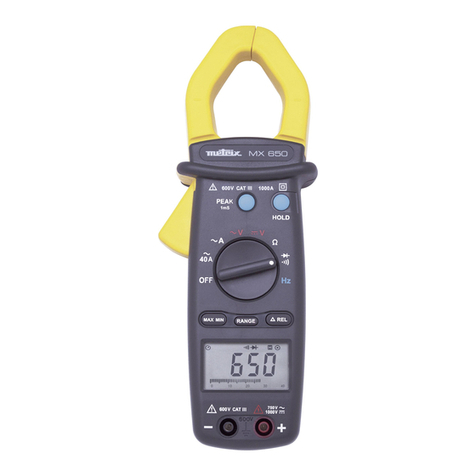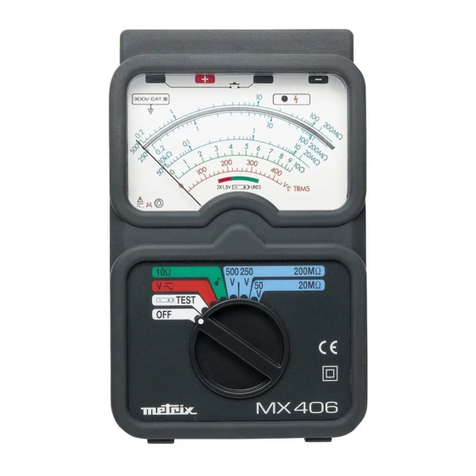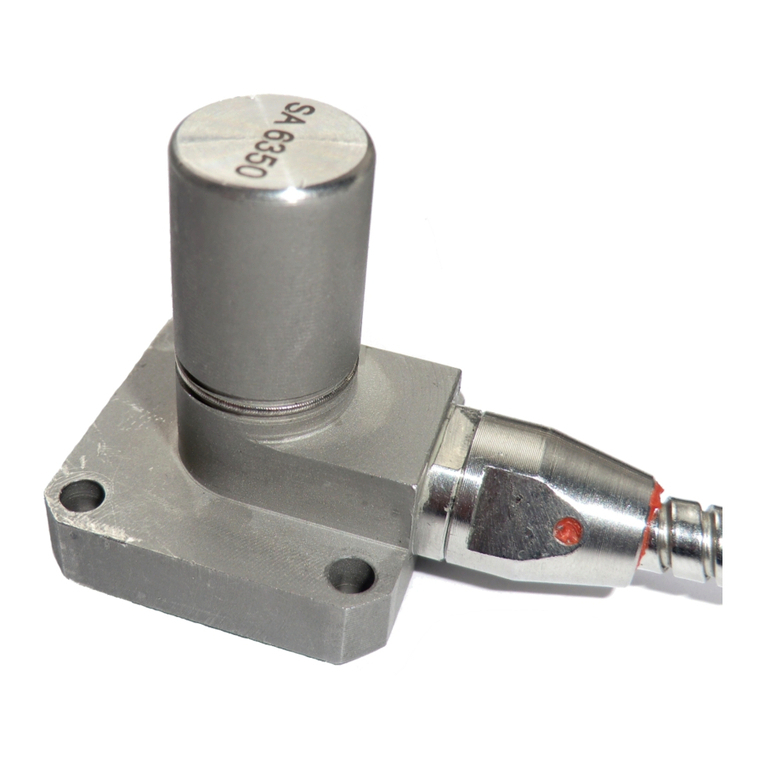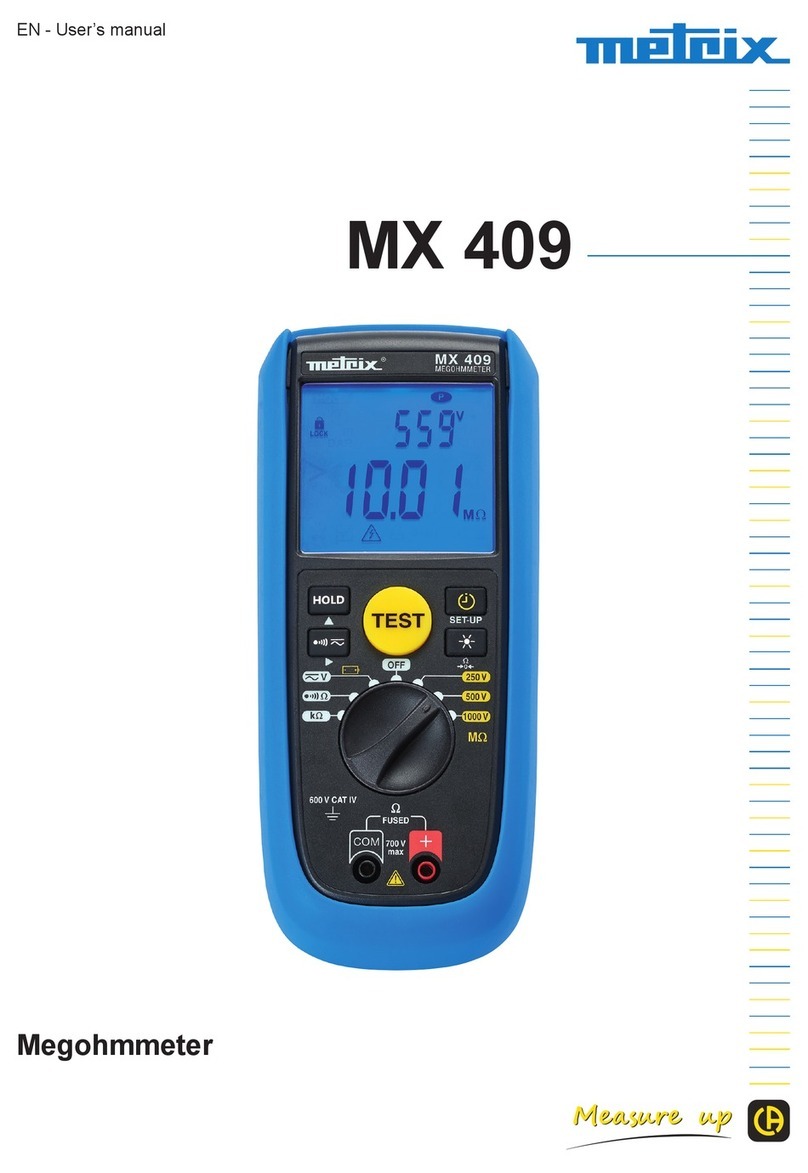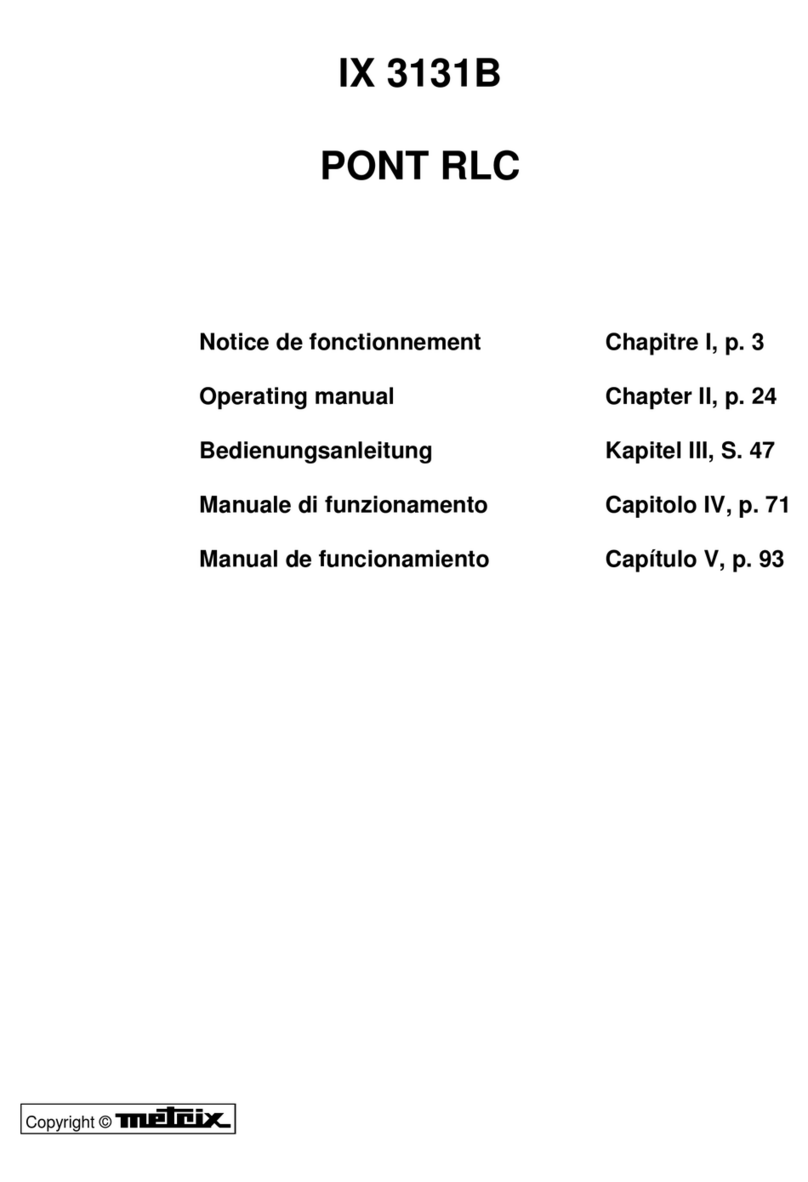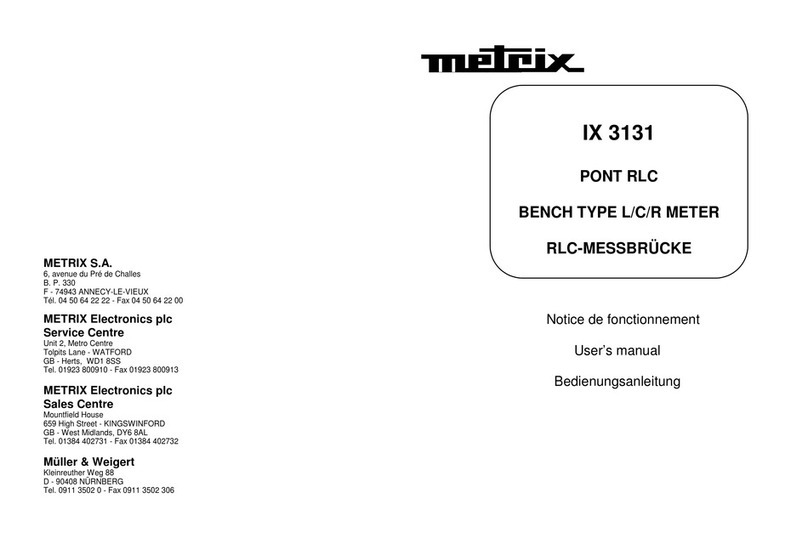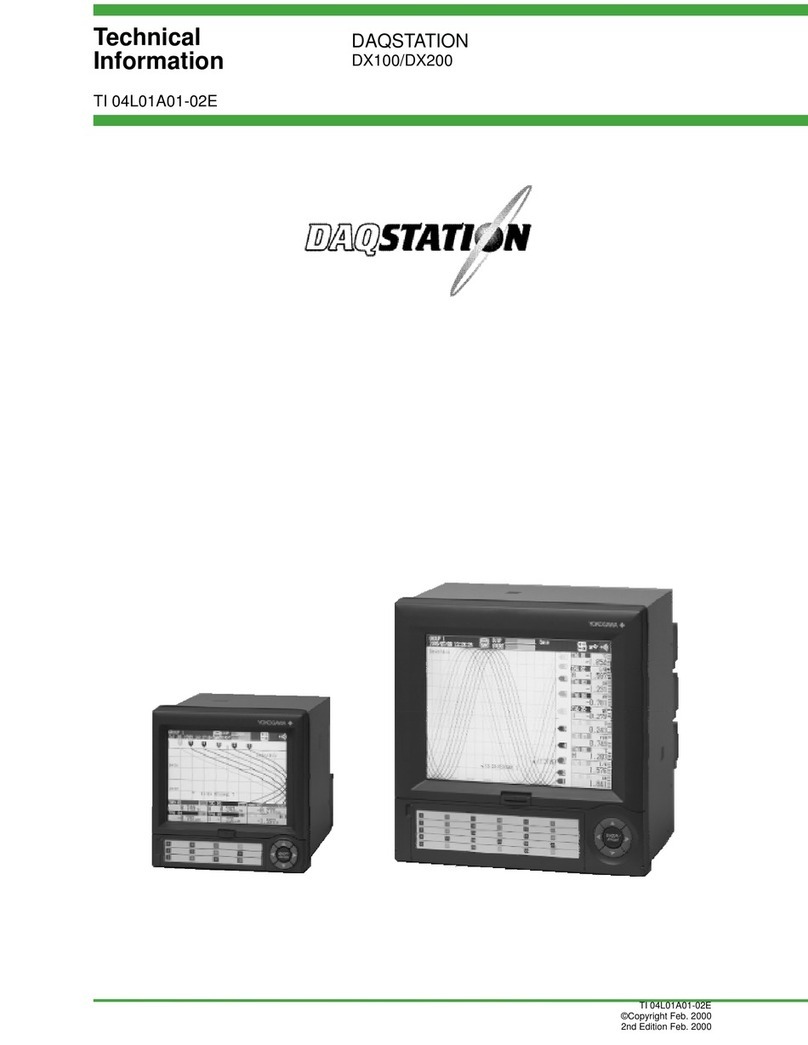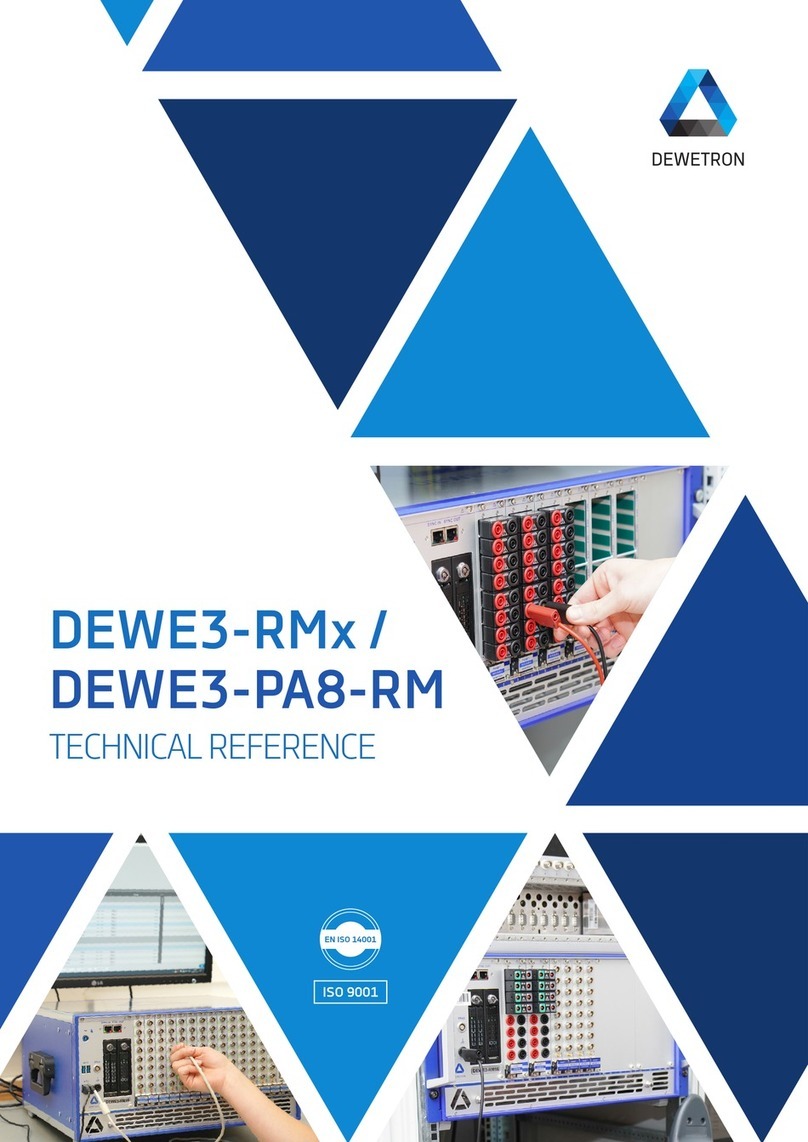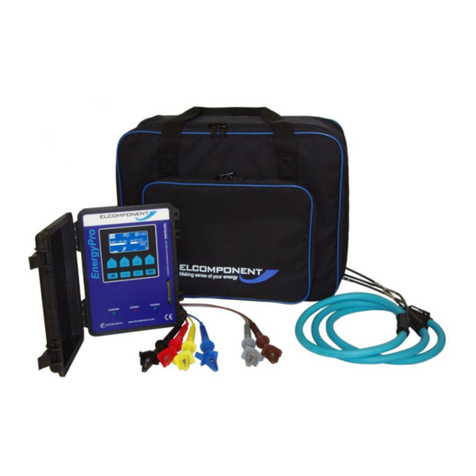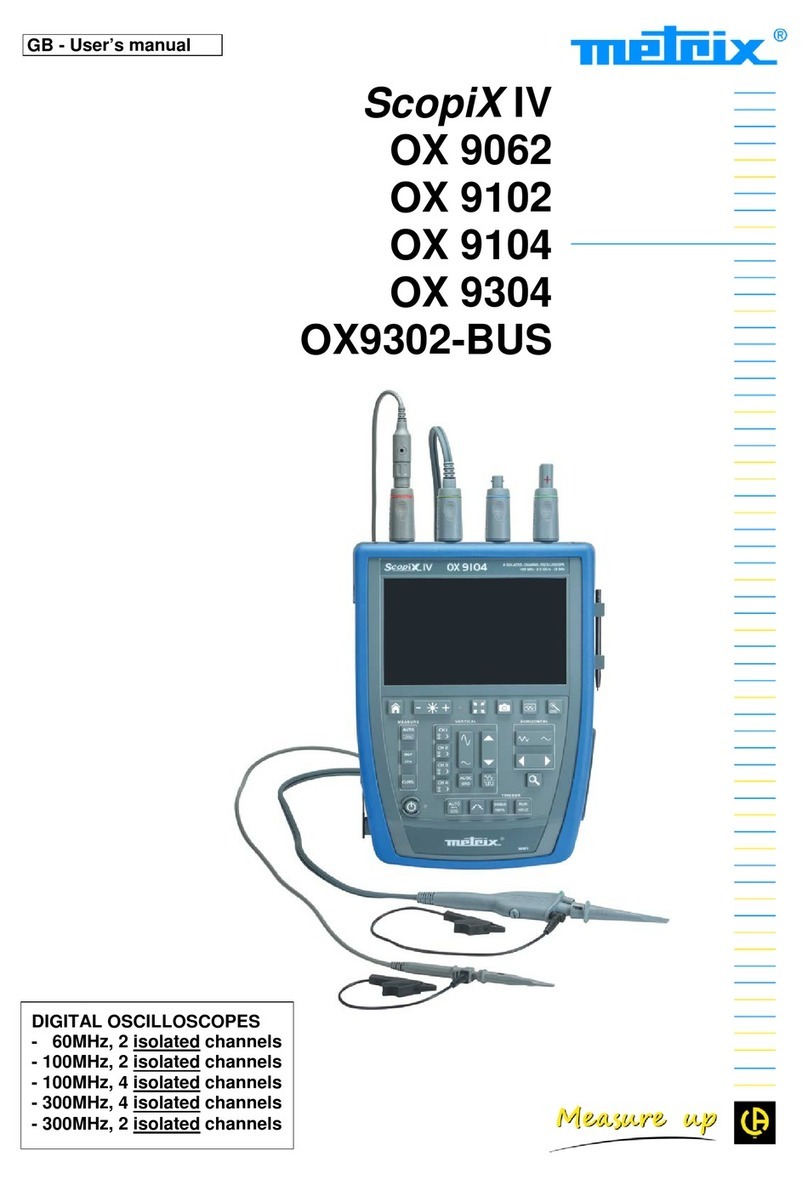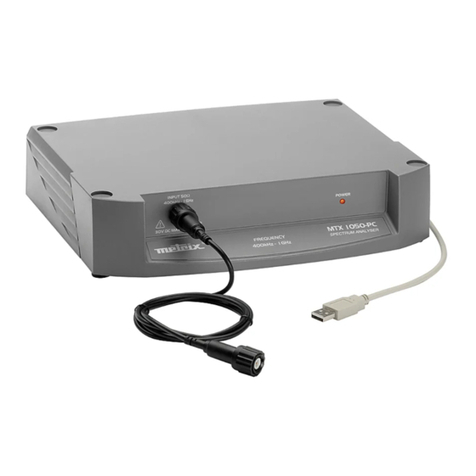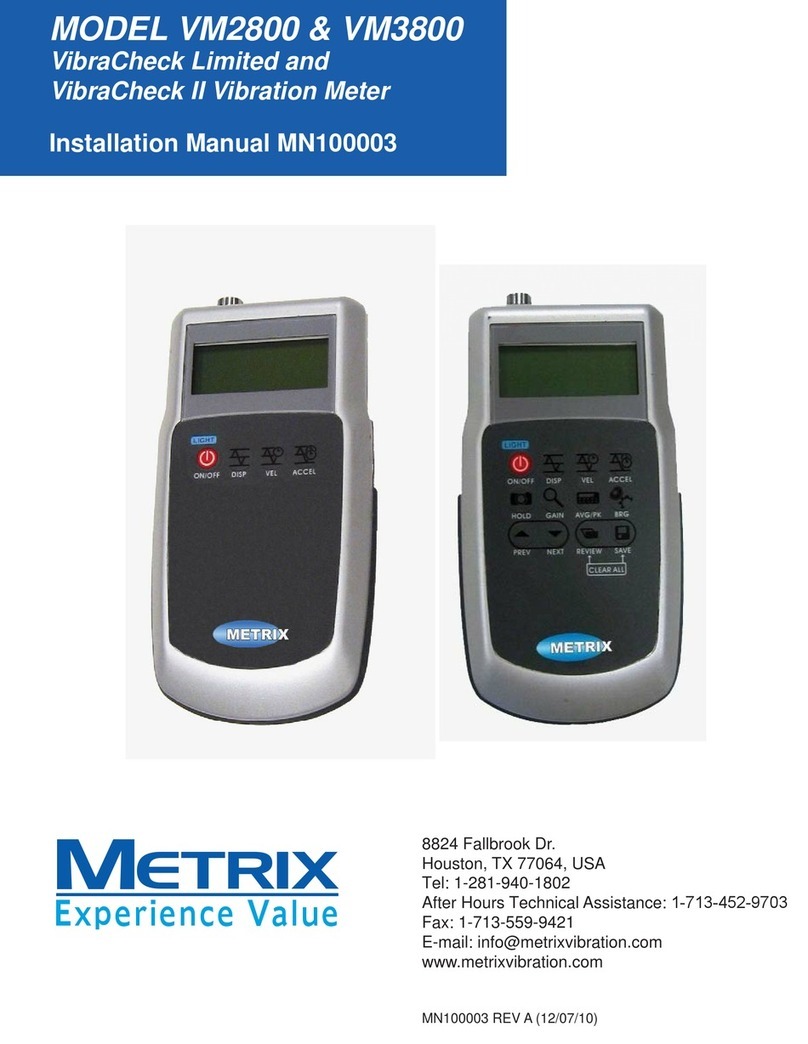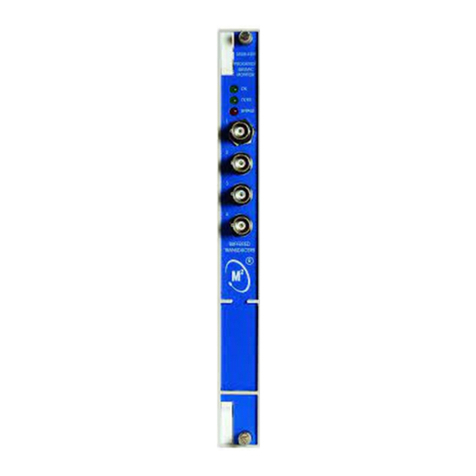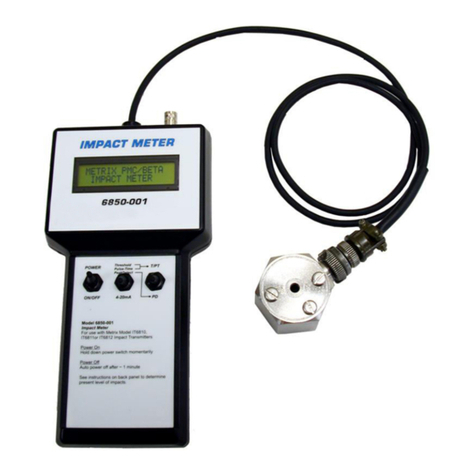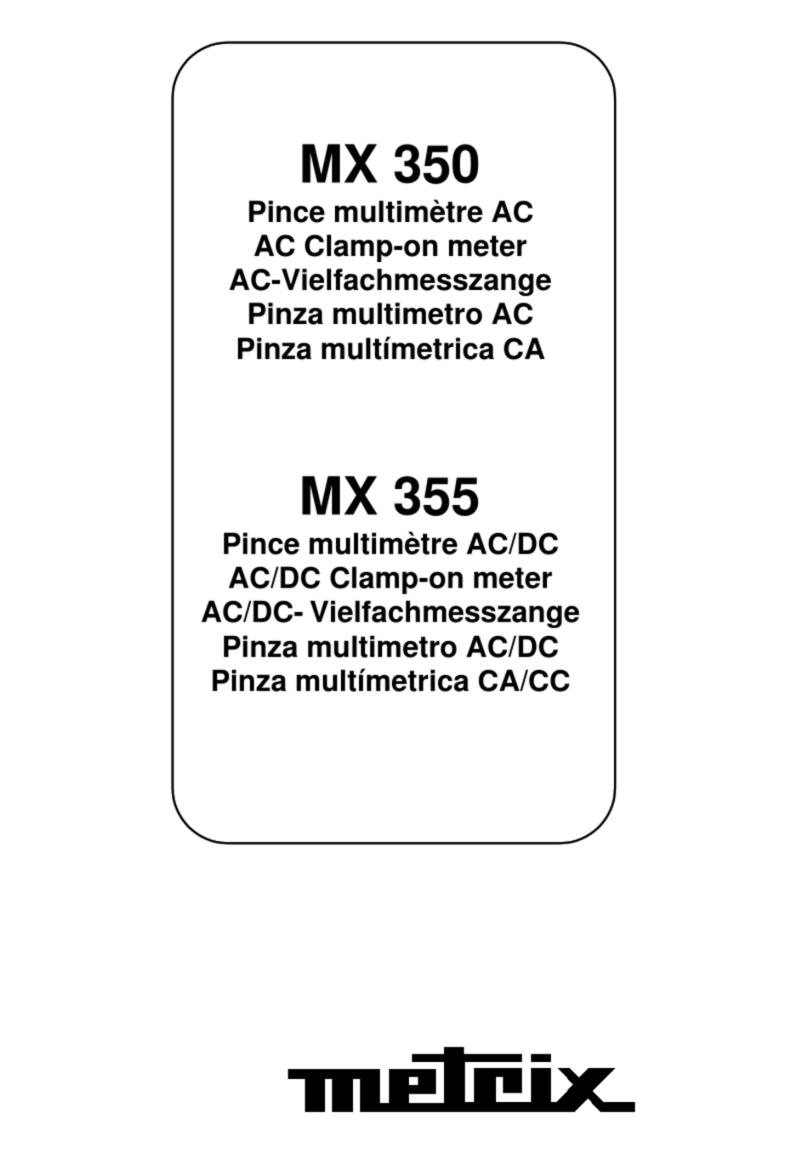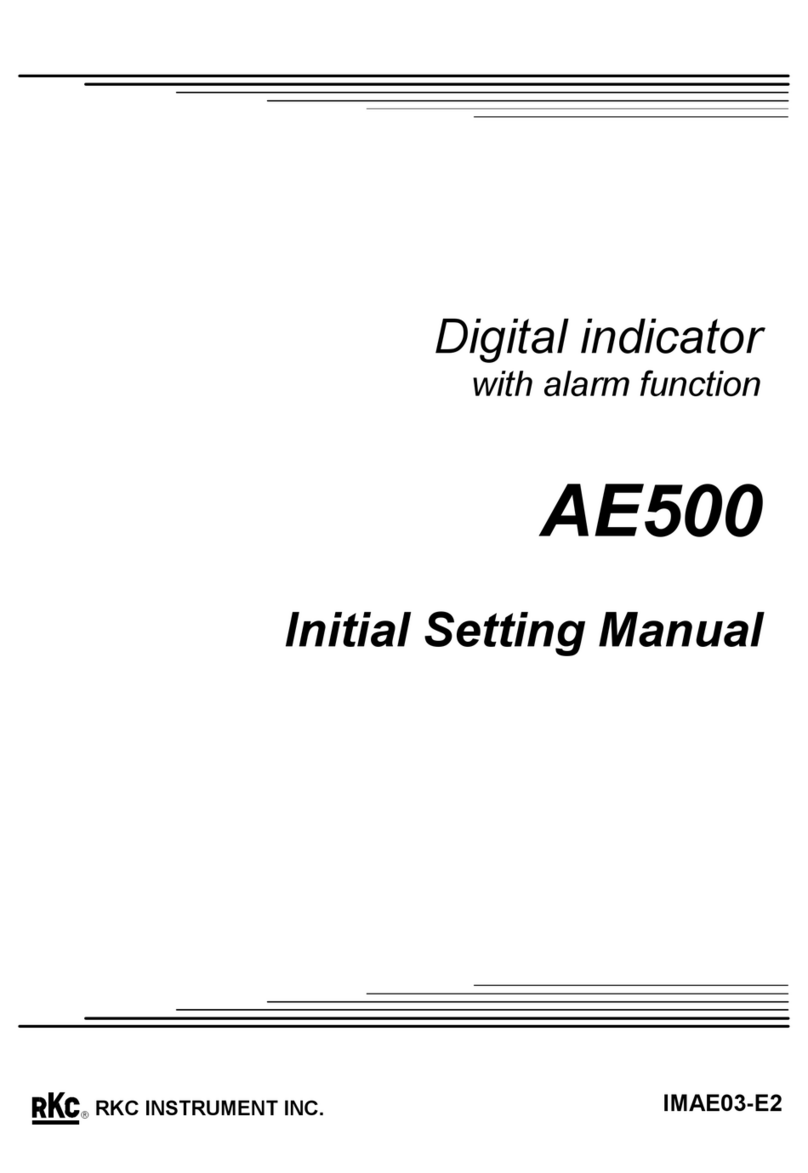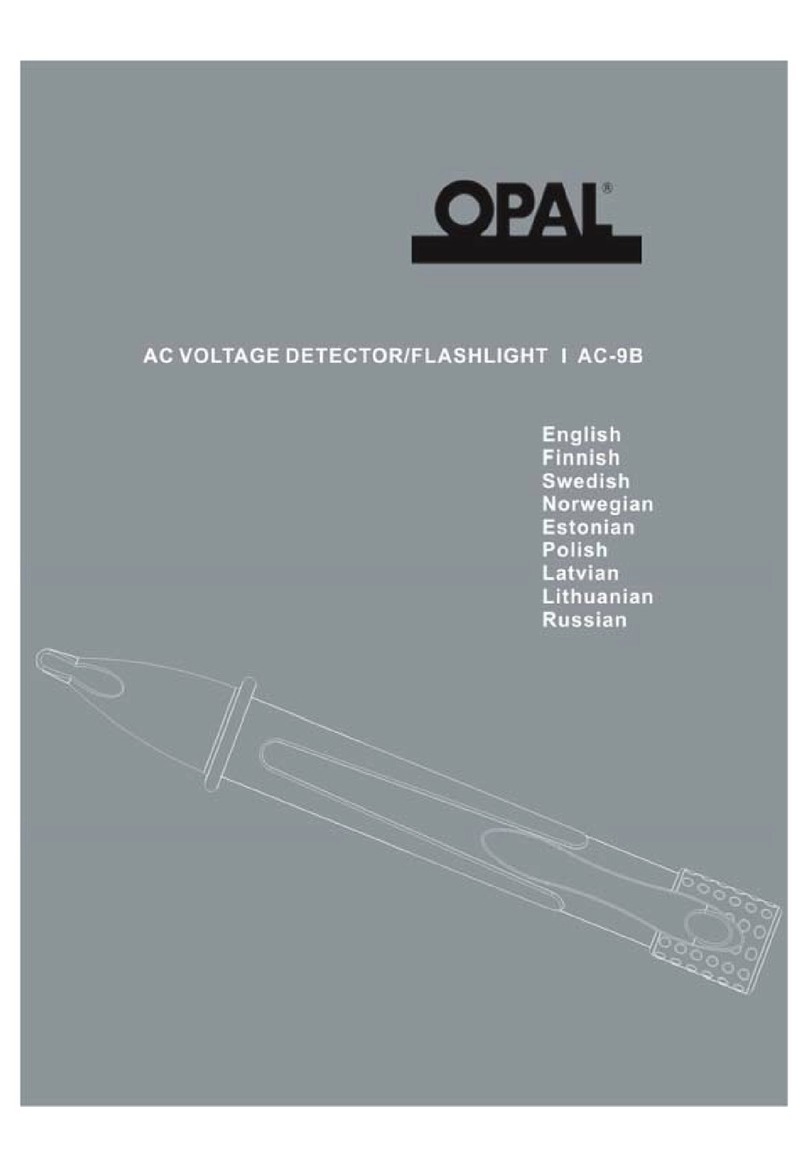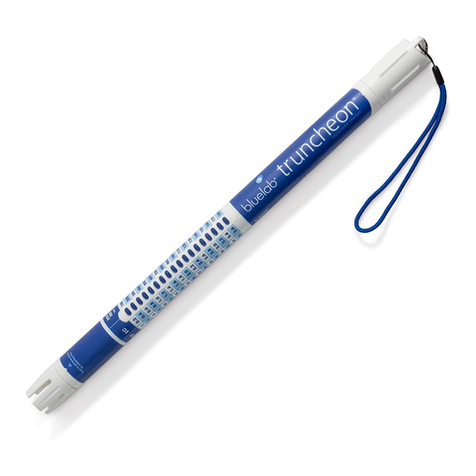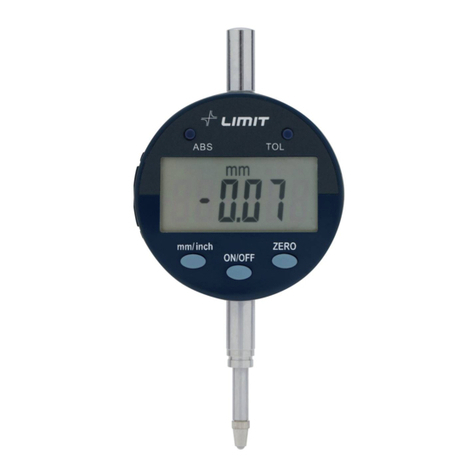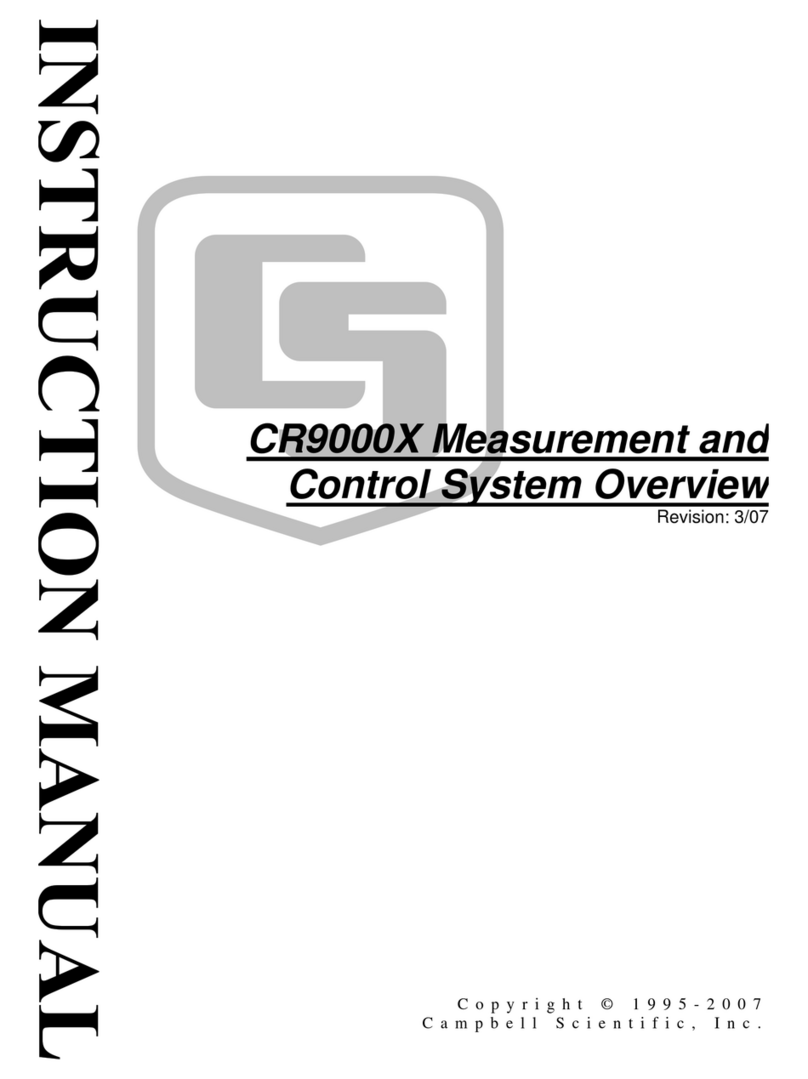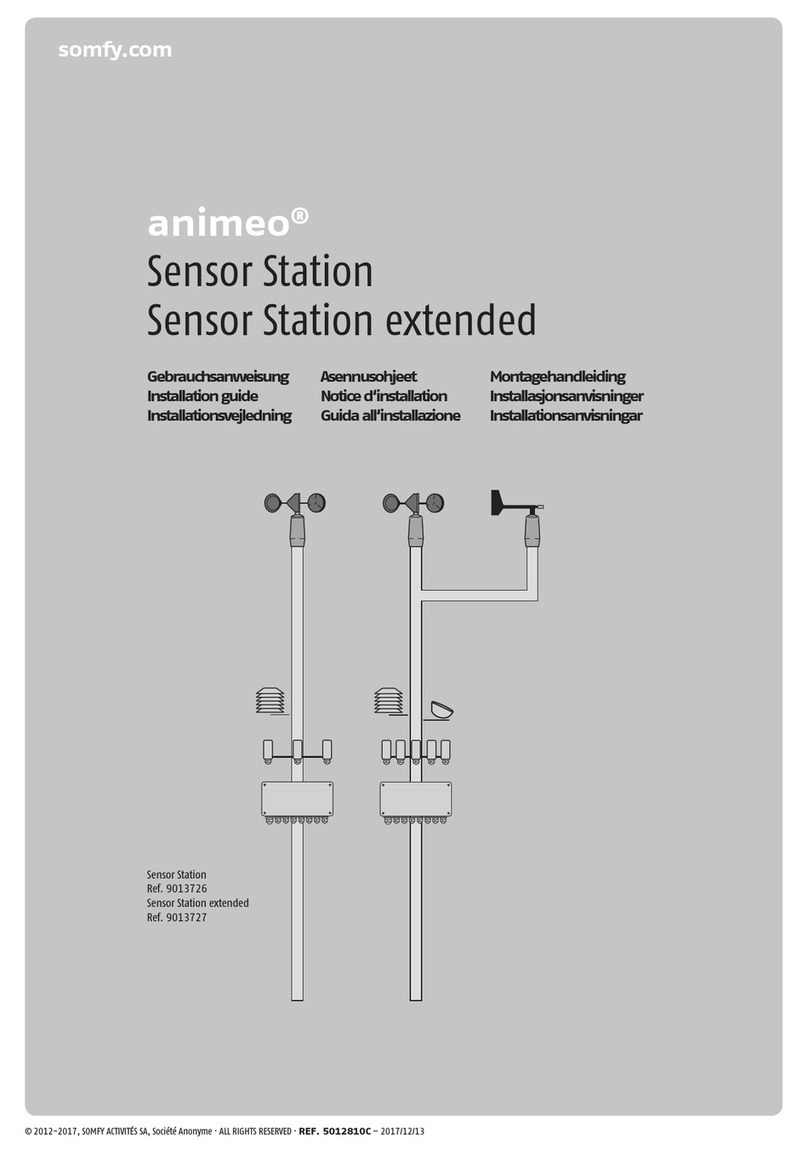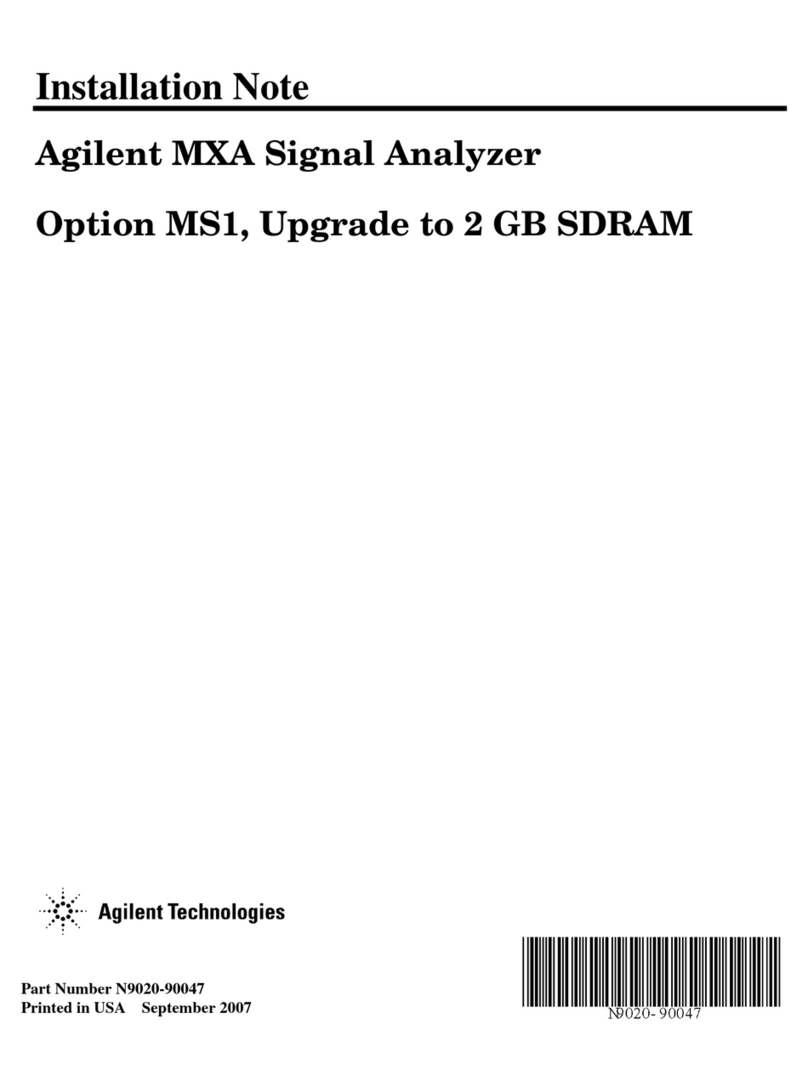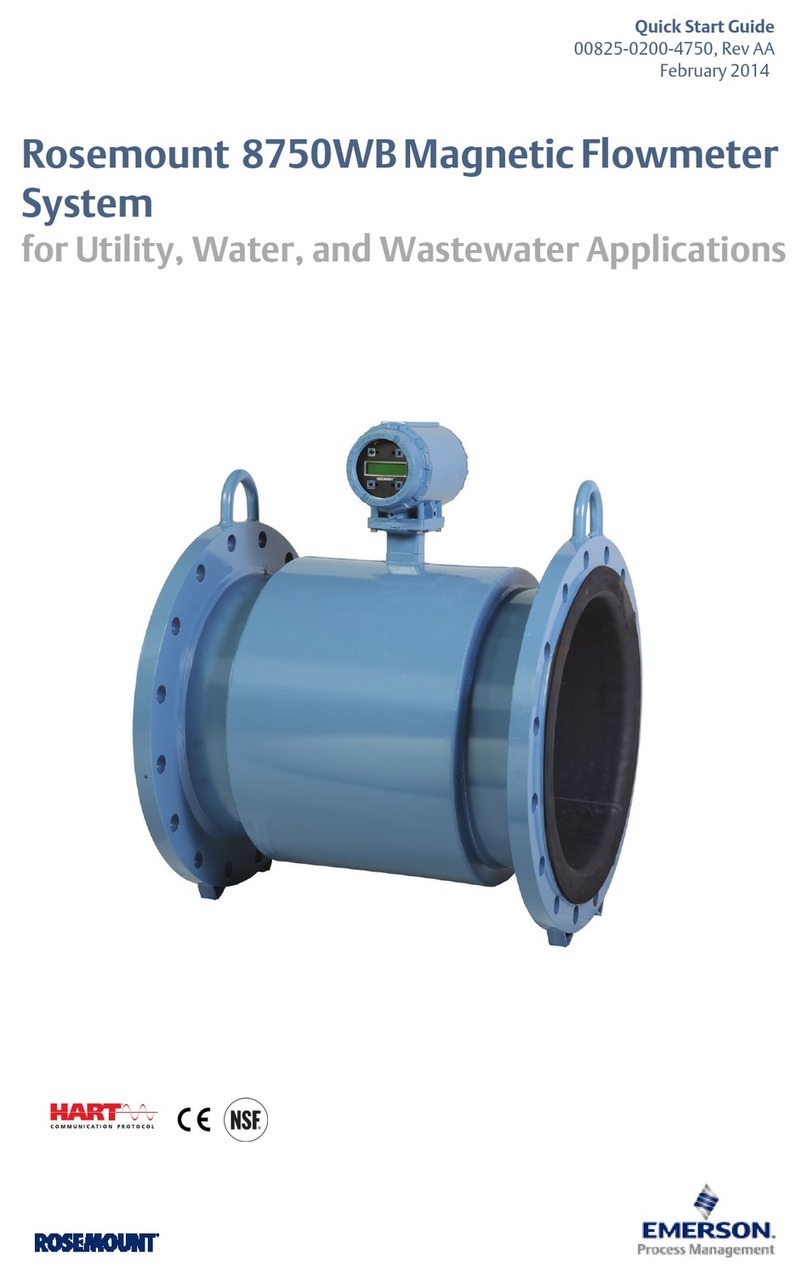
English
14 MTX 1032-B - MTX 1032-C
Description of MTX 1032-C (continued)
Description The MTX 1032-C probe has 2 differential channels.
A LED indicates that it is switched on.
The probe does not include its own display facilities; it is designed for
connection to the CH1 and CH2 inputs of the oscilloscope so that the
differential signal present on the +/- inputs can be viewed.
Furthermore, this probe has two switches for selecting 1/10 or 1/100 as
the attenuation coefficient.
For each differential channel, the front panel of the MTX 1032-C probe
includes:
•2 BNC connectors for the +/- inputs
•1 BNC for output to the oscilloscope
•1 attenuation coefficient selection switch: 1/10, 1/100
The MTX 1032-C is a stand-alone unit powered by the 230 VAC
50 Hz / 60 Hz mains supply.
Functional
description
1. Power up the probe using the mains lead. Check that the
corresponding LED comes on.
2. Connect the probe's output "I" coaxial cable to input CH1 on the
oscilloscope.
3. Connect the probe's output "2" coaxial cable to input CH2 on the
oscilloscope.
4. Connect the red BNC lead to the positive input of the probe and the
black BNC lead to the negative input of the probe.
5. Capture the signal to be measured.
6. Select the appropriate attenuation coefficient for the signal to be
measured (1/10 or 1/100) using the probe switch.
The signal is then displayed on the oscilloscope screen.
7. When the measurements are finished, disconnect the leads. Switch off
the probe and then disconnect the oscilloscope.
Compensation of
1/10 probes
1. Set the attenuation coefficient of the MTX 1032-C probe to 1/10.
2. Connect the first 1/10 probe [ref. 3-(1)] to the positive input of the
MTX 1032-C probe and then capture the Probe Adjust signal.
3. Compensate the probe and then disconnect it from the Probe Adjust
output.
4. Connect the second 1/10 [ref. 3-(2)] to the negative input, capture
the Probe Adjust signal and compensate the probe.
5. Connect the two 1/10 probes simultaneously to the Probe Adjust
output to check that the adjustment is balanced: the amplitude of the
square signal is cancelled out.
To use the 1/10 probes of the MTX oscilloscope with the MTX 1032-C
probe, remove the sprung hook and fit the crocodile clamp.
Under-
Over-compensated probe
Compensated probe
www.electronicaembajadores.com





















